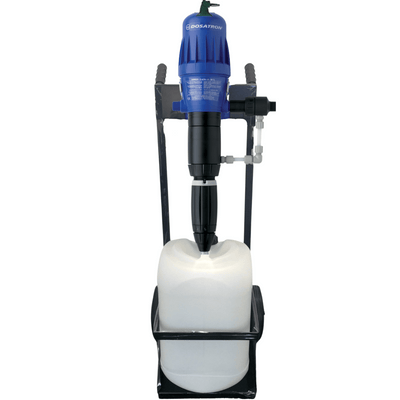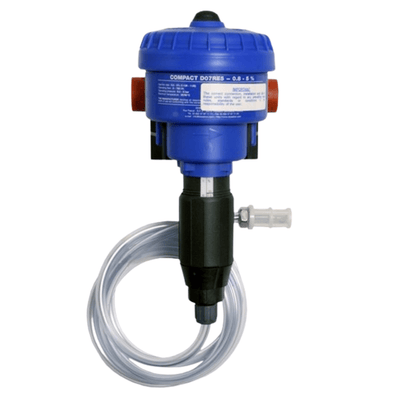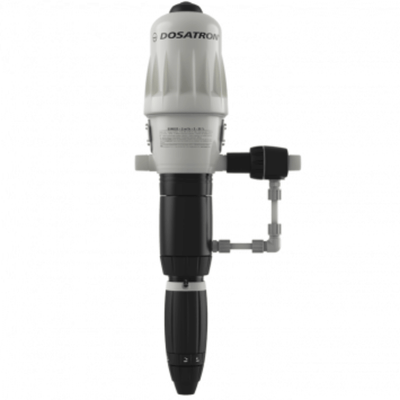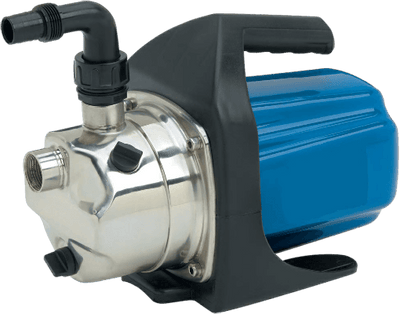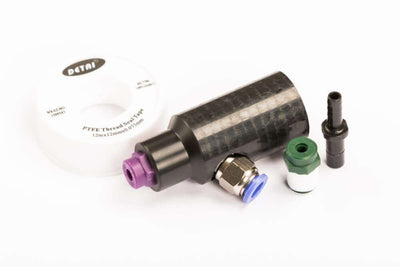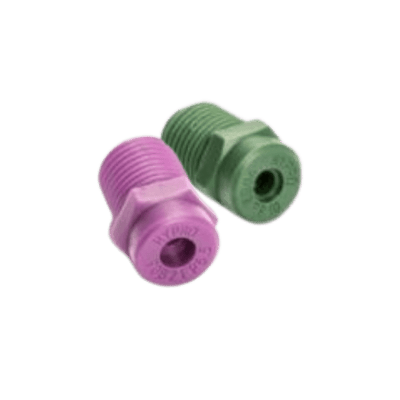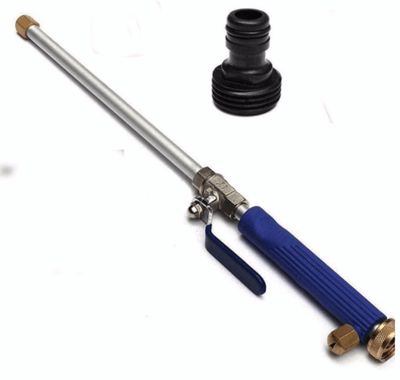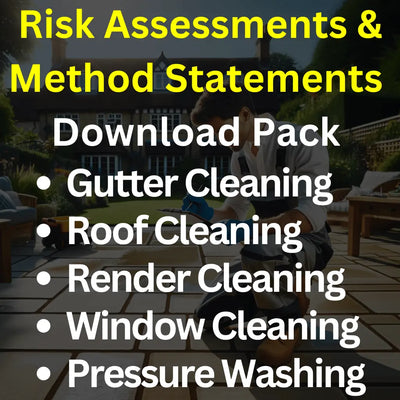Why Pressure Washing Roof Tiles is the Wrong Approach. A Message for Homeowners and Roof Cleaning Professionals

Roof cleaning has become a hot topic on social media and video platforms. Increasingly, we see exterior cleaning contractors and training professionals creating videos claiming that pressure washing including flat surface cleaners, turbo nozzles, and hot water systems is a safe and acceptable method for cleaning roofs in the UK.
At SoftWash UK , we believe this advice is not only misleading but could also lead homeowners and new cleaning professionals into making costly mistakes. We’ve carried out extensive research, referencing manufacturers, trade bodies, and authoritative sources, all of which agree: Pressure washing roof tiles is not recommended and carries significant risks.
What the Pressure Washing Videos Are Saying
Many recent videos share a similar message. For example, a typical video transcript explains:
“Now, you’re starting to see roof cleaning becoming much more common... and you’re seeing people using these [turbo nozzles] quite a bit. This is actually the most intensive tool you can get for pressure washing… it concentrates all that cleaning power to one point and then it spins really rapidly…
…So for roof cleaning especially, I much prefer to use something like this, my flat surface cleaner, because it uses fan jets… so the cleaning power will now be spread across a bigger area of the surface… Not only that, but there’s two of them… So this is much more gentle.”
“…I prefer to use the reduced amount of pressure… and chemical treatment helps remove moss… The chemical will kill any fragments of organic growth that might be left on the surface and prevent them growing back for at least 2 years.”
While these videos may be well intentioned, they miss a crucial point: even when using fan jets or a flat surface cleaner, you are still applying significant high pressure water to roof tiles. Manufacturers and industry bodies are clear that this is risky, unnecessary, and often more damaging than leaving moss in place for a while longer.
Why Roofs Are Not Like Driveways or Patios
One of the arguments often made in these videos is that roof tiles are simply “slabs of concrete, just like paving.” While the basic material may be similar, a roof is fundamentally different:
- Roof tiles overlap and interlock. Unlike flat patios, they create a protective layer that must shed water efficiently. High pressure can drive water underneath these overlaps, causing leaks.
- Roofs protect your home’s interior. Any forced water ingress can damage felt, insulation, or roof timbers, leading to mould and expensive repairs.
- Roof tiles are often older and more brittle. Patios might handle occasional high-pressure cleaning, but a roof may be decades old and vulnerable to cracking, surface erosion, and displacement of tiles.
As Marley Roofing clearly states (available in their Technical Q&A or by contacting their Technical Team):
The Real Problem with Pressure Washing Roofs
When you use a pressure washer even with so called “gentle” attachments you risk:
- Surface Erosion: High pressure strips off protective coatings and colour, leaving tiles porous and prone to faster moss regrowth.
- Tile Damage: Older tiles can crack, chip, or be dislodged under pressure.
- Water Ingress: High pressure jets force water under tiles, into overlaps, and beneath flashing. This can lead to leaks, rot, and hidden structural damage.
- Voiding Warranties: Manufacturers explicitly warn that pressure washing can void any product guarantee.
For example, Wienerberger (maker of Sandtoft tiles) states:
Similarly, Forticrete warns (via their technical advice and product guidance):
Moss on Roofs: Is It Really That Dangerous?
Pressure washing advocates often claim moss is damaging the roof and must be blasted away. It’s true that moss holds moisture and can eventually lead to issues, but this damage happens slowly over years. In contrast, the damage from a pressure washer can occur in a single afternoon.
Tudor Roof Tiles advises in their publicly available Care Guide:
“Remove heavy moss by chemical wash or careful hand scraping… Pressure washing should never be used on our clay tiles.”
Even the Roof Tile Association (RTA) echoes this message, though their documents require download:
Why the Industry Pushes Pressure Washing
Let’s be honest about why many contractors promote pressure washing. Scraping moss manually from a roof is hard work. It’s time-consuming, physically demanding, and takes patience. Using a pressure washer is quicker and gives instant visual results. That’s why many in the industry want to justify it even when manufacturers say otherwise.
But the truth is simple:
- Pressure washing a roof saves time for the contractor, but it risks damaging the roof.
- It can cause more wear in a few hours than moss growth would cause over several years.
- Customers are often left with costly repairs, voided warranties, or rapid moss regrowth due to surface erosion.
Even in the transcript shared above, the contractor acknowledges that a turbo nozzle “can do some damage” and that there’s a mess to clean up afterwards. Yet they still argue for pressure washing because it’s “much more gentle” when using fan jets. The manufacturers disagree.
The Safe Way to Clean Roofs
At SoftWash UK, we strongly advocate the method recommended by all major tile manufacturers and professional roofing associations:
- Manual Scraping: Use specialist roof scrapers and tools to remove moss by hand. This removes bulk moss without damaging tiles.
- Soft Wash Treatment: Apply a biocide (either sodium hypochlorite based or DDAC based) using low pressure (like a garden sprayer). This kills remaining spores and prevents rapid regrowth.
This method:
- Does not damage tiles or coatings.
- Prevents water being forced under tiles.
- Prolongs the life of the roof.
- Is supported by manufacturers and industry associations.
For example, NFRC (National Federation of Roofing Contractors) advises homeowners (accessible via their publications page):
Informed Decisions Protect Roofs
Pressure washing a roof might look impressive on video but the reality is starkly different. The potential for surface damage, water ingress, cracked tiles, and voided warranties far outweighs the quick visual win.
We urge both homeowners and cleaning professionals to trust the evidence and follow the guidance of manufacturers and industry bodies. The safest, most effective, and professional way to clean a roof in the UK is:
- Manual scraping to remove bulk moss.
- Applying a soft wash treatment at low pressure.
This approach protects both the integrity and the lifespan of your roof and your wallet.
Remember, your roof isn’t just a surface it’s your home’s first line of defence. Treat it with the respect it deserves.
For more information on safe roof cleaning practices, visit:
- Marley Roof Maintenance Guide
- Wienerberger – How to Clean Roof Tiles
- Tudor Roof Tiles – Roof Tile Care
- Roof Tile Association – Technical Guidance
- Forticrete – Concrete Roof Tiles
- NFRC Technical Publications
Stay safe, protect your roof, and make informed decisions. If you’d like advice tailored to your home, contact SoftWash UK we’re always happy to help.



























